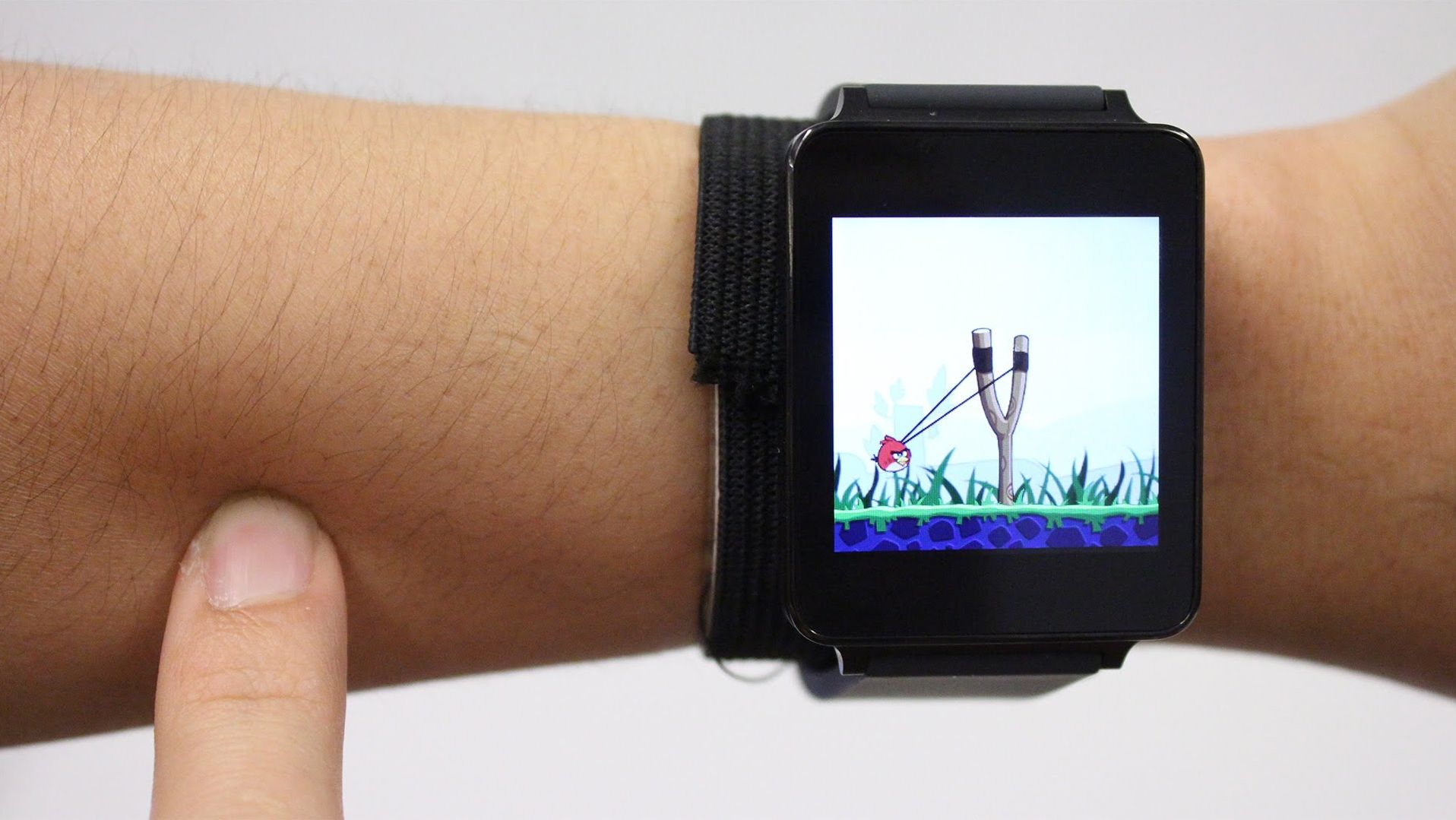New cure for SMA?!
Spinal muscular atrophy (SMA) is a disease that causes progressive degeneration in the nerve cells that control muscles, thereby causing muscle weakness and eventually death. SMA affects approximately 200,000 people in the U.S., often children. Now, researchers at the University of Missouri are studying a subtype of SMA, spinal muscular atrophy with respiratory distress type 1 (SMARD1), and have developed a gene replacement therapy that can be used to treat and control the disease in the future.
SMARD1 is a rare genetic condition with high mortality rate that develops primarily between the ages of six weeks and six months. The condition targets the spinal cord and leads to atrophy of body muscles and paralysis of the diaphragm, which is responsible for breathing. As the disease progresses, children with a SMARD1 diagnosis become paralyzed and require continuous artificial ventilation. The average life expectancy of a child diagnosed with SMARD1 is 13 months. Currently, there is no cure or effective treatment for this disease.
“Monogenic diseases like SMARD1, a disease that is caused by one gene, are ideal for gene therapy since the goal of the therapy is to replace the missing or defective gene,” said Chris Lorson, an investigator in the Bond Life Sciences Center and a professor of veterinary pathobiology. “Our goals for this study were to develop a vector that would improve the outcomes of the disease and for the vector to be effective in a single dose.”
Read more






